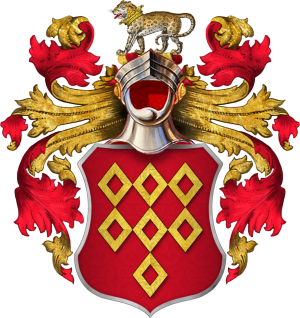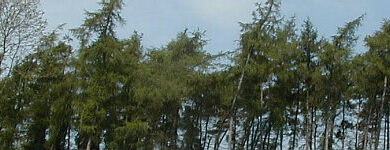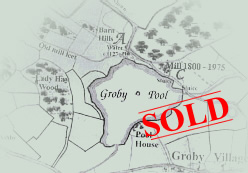The History of Groby Pool
Groby Pool is situated on the southern edge of the Charnwood Forest and is reputedly the largest natural expanse of open water in Leicestershire, covering 38 acres (15 ha). Groby Pool and the surrounding area are of great ecological importance and contain a wide range of plants and animals.
In recognition of this, the area was notified as a Site of Special Scientific Interest in 1956.
The Pool is owned by Hanson Quarry Products Europe Limited (Hanson) and is managed on advice from English Nature, the Government agency that helps to conserve Englands wildlife and natural features.
History
Although Groby village is noted in the Domesday Book, there is no mention of a lake. The earliest recorded reference is an “Inquisition Post Mortem” dated 1297, which refers to two pools in Groby, one of which must have been Groby Pool. In fact there is evidence of a mill associated with Groby Pool in every century thereafter, the last being a saw mill located in Sheet Hedges Wood which closed in the early 20th century.
In fact, considerable debate has arisen about whether it should be regarded as a ‘natural’ or man-made lake, however, it cannot be disputed that Groby Pool has been the site of a lake for many centuries.
Groby Pool lies in a hollow in the Mercia Mudstone, underlain by Swithland Slate, with its eastern boundary separated from the Sheet hedges Syenite by the Copt Oak fault. The presence of ‘granite’ has led to the assumption that it has formed a ‘natural’ dam, which might account for the origin of the Lake. Whilst it is true that embankments have been constructed on the ‘granite’ base along with Sluice gates to make a more viable millpond, it is doubtful whether the granite alone would retain a lake.
There is a record of the old embankments being raised in 1889, when it was part of the Countess of Stamford’s estate, to prevent recurrent flooding of the adjacent quarries. This had the effect of artificially raising the water to is present level.
Research into the Lake sediments has confirmed that Groby Pool is of relatively recent origin. It may have resulted from the damming of Slate Brook in the 12th/13th century by the monks from Leicester abbey. One theory is that it dates back to Roman times perhaps a clay pit for Roman pottery?
Access
Hanson allows access to the roadside banks, adjacent to the Newtown Linford/Groby Road. Previous owners of the Pool House, Groby Pool and the surrounding grounds have retained the secluded nature of the area by allowing only limited access. Please help to protect this site by staying within the access areas shown on the map.
Animals & Plants
The complex plant and animal communities make Groby Pool one of the most significant wildlife areas in Leicestershire. Wet areas such as this are often drained so the land can be cultivated and this destroys the environment that some plants and animals need to survive.
The unusual combination of habitants includes alder woodland, wet and dry grassland, marsh, reed swamp and open water. This supports a diverse range of plants and animals including breeding and over wintering bird communities and may species of butterflies and dragonflies. Some of the beetles and spiders found here are rare in the Midlands.
Mallard: A common wide duck which lives, visits and breeds here.
Shoveler: A colourful duck with a distinctive bill. It can visit in winter, spring and summer, and sometimes breeds here.
Teal: A small dabbling duck which is a winter visitor from Iceland and Northern Europe and has occasionally stayed to breed.
Wigeon: A dabbling duck with distinctive whistling call. In winter is visits from Iceland, Northern Europe and Western Siberia.
Pochard: A diving duck which is a winter visitor from North and Central Europe and has bred at the pool on at least one occasion.
Tufted Duck: A diving duck with long head feathers that lives and breeds here.
Reed Bunting: Can be seen all year round, but breeds in the extensive reed swamp.
Great Crested Grebe: Elegant diving bird with a fascinating courtship display and a semi-floating nest. Breeds annually at the pool in small numbers.
Reed Warbler: A small summer visitor, which breeds in reed beds and has a distinctive song.
Grey Heron: Large graceful bird with a long bill. Can often be seen standing motionless at the water’s edge or perching in trees.
Plants
Bank-side and pool edge: Upright chickweed, crow garlic, hoary cinquefoil, water mint, common reed, reedmace, lesser reedmace, reed sweet grass, meadowsweet, hemp agrimony.
Aquatic Plants: Fennel pond weed, fringed water lily.
Woodland Plants: The woodland is dominated by trees including alder, oak, crack willow, hazel. The woodland ground flora includes opposite leaved golden saxifrage, pendulous sedge and valerian. In the drier open areas plants such as lady’s mantle, and betony are found.




